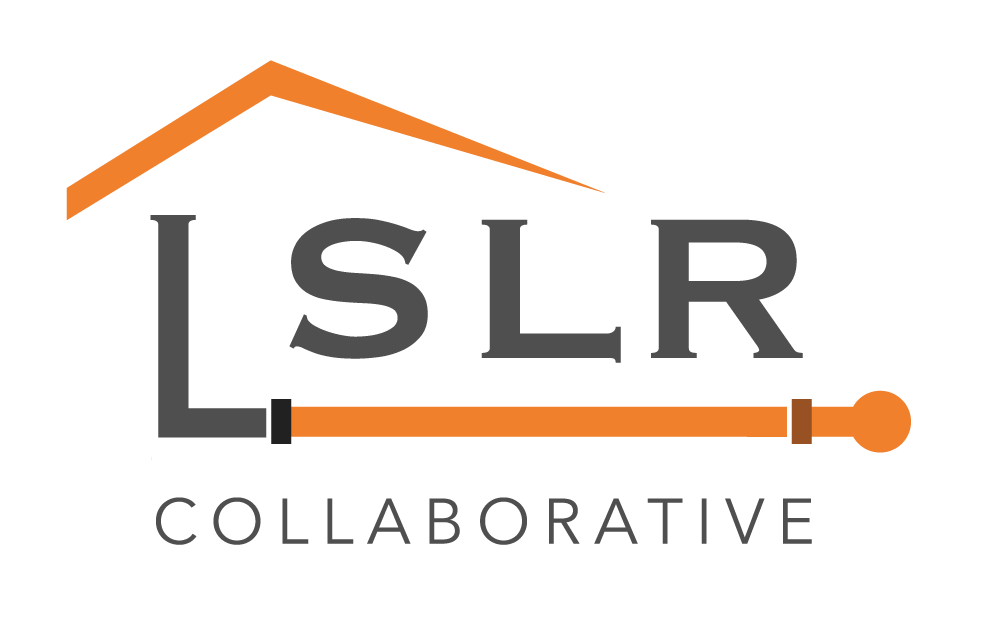|
Environmental Defense Fund
Tom Neltner In a landmark decision on July 25, 2018, the Indiana Utility Regulatory Commission (IURC) approved American Water’s plan to fully replace the lead service lines (LSLs) in the communities served by its Indiana subsidiary over the next 10 to 24 years. This represents the replacement of about 50,000 LSLs across 27 community water systems (CWSs). As we highlighted in our blog on the company’s January 2018 proposal, the plan provides a framework that enables the cost of fully replacing LSLs, whether owned by the utility or by customers, to be shared by its 300,000 customers. As far as we know, this is the first comprehensive, voluntary LSL replacement program developed by an investor-owned utility in the country. In its plan, American Water cited both long-term health and economic benefits that would be realized from avoiding partial replacements when rehabilitating water mains and laterals. The plan showed that having a single contractor handle the entire line reduces the overall cost by 25 t0 30%. It also avoids the likely increased risk of consumer’s exposure to lead when only part of the lead pipe is replaced. Read the full blog. Comments are closed.
|
Have a suggestion for an article or blog to add?
Let us know! Type
All
Date
April 2023
|


 RSS Feed
RSS Feed